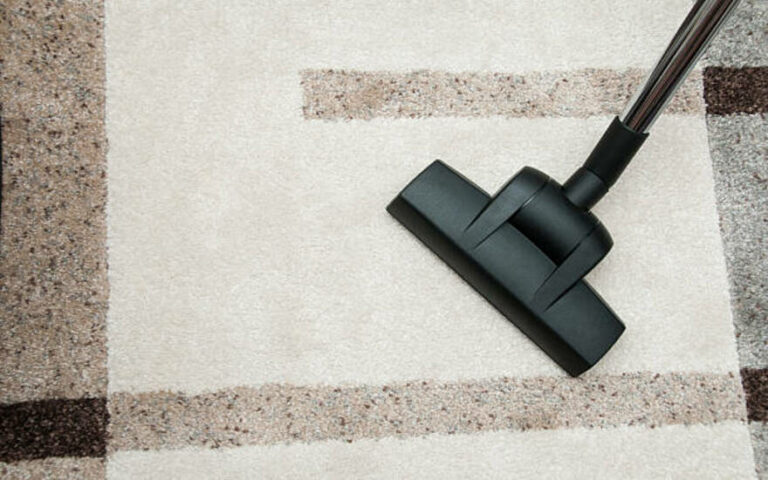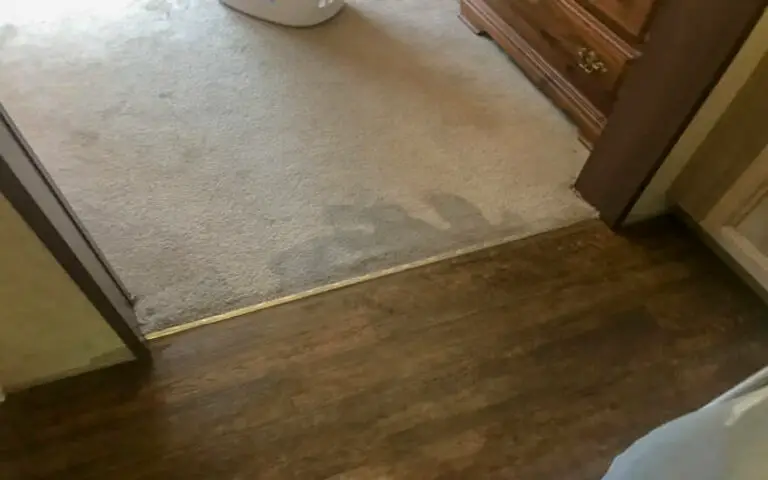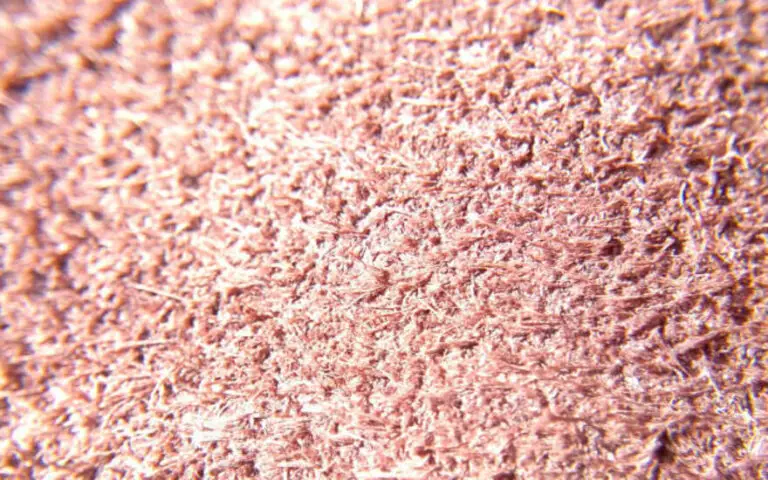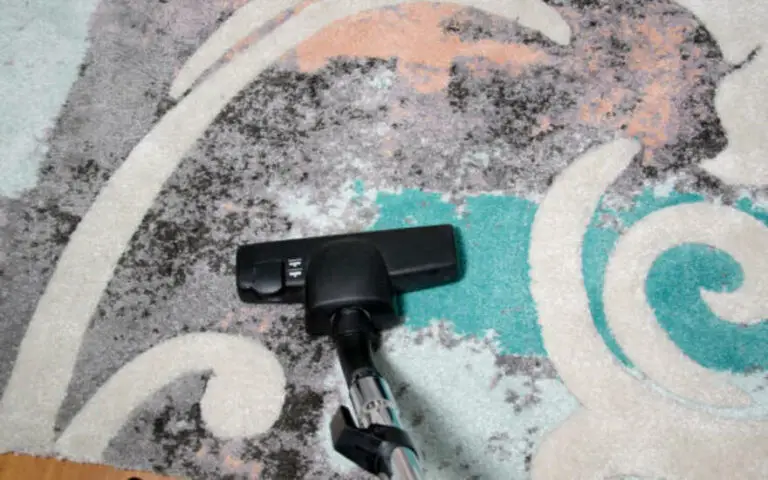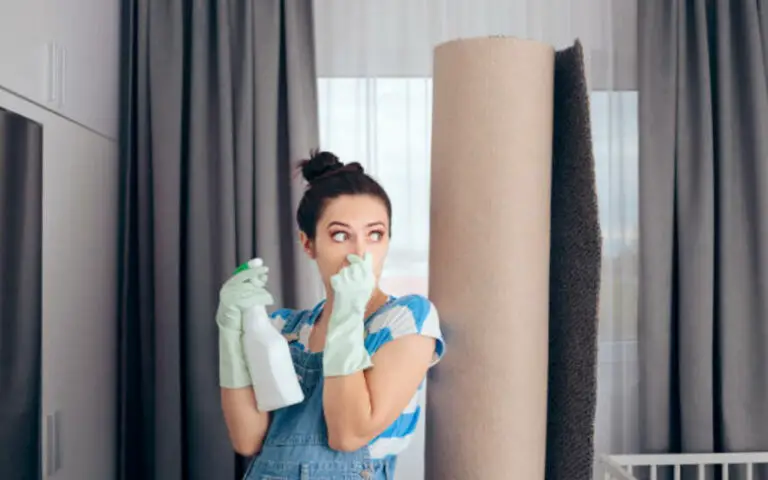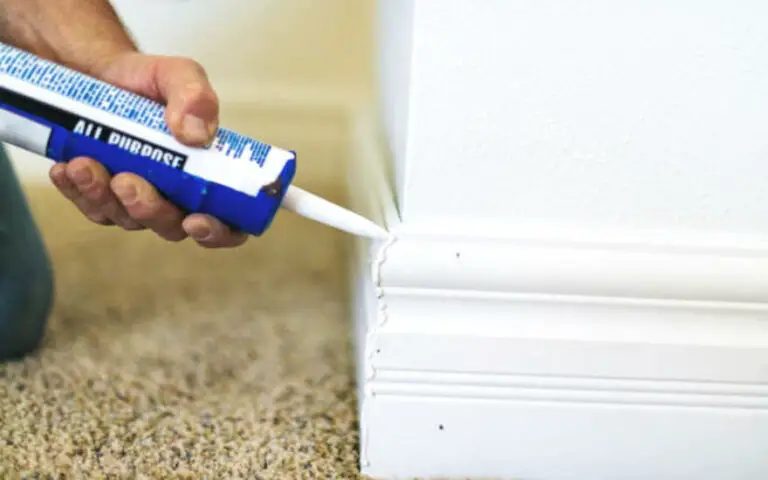If you’re like most people, buying a new carpet is a big investment. You want to make sure you choose the right type and color of the carpet, not to mention the padding. But what’s the difference between a memory foam carpet pad and rebond? Which one is better for your home?
In this blog post, I will discuss Memory Foam Carpet Pad Vs Rebond with their pros and cons.
![Memory Foam Carpet Pad Vs Rebond? [Updated Comparison] 1 Memory Foam Carpet Pad Vs Rebond](https://homequeries.com/wp-content/uploads/2022/03/Memory-Foam-Carpet-Pad-Vs-Rebond.jpg)
Which One Is Better Between Memory Foam Carpet Pad Vs. Rebond?
Memory foam carpet pads are more expensive and comfortable than rebond pads, but they’re almost as good as rubber pads, which are the best.
Comparison Between Memory Foam Carpet Pad Vs Rebond:
| Traits | Memory foam carpet pads | Rebond pads |
| Carpenter | 8’×10′, ½”,viscoelastic memory foam | 8’×10′, 7/16″,Thick foam rebond. |
| Density | 6.5lbs – 8lbs | 10lbs – 12lbs |
| Comfortability | More | Less |
| Thickness | range from 6 inches to 14 inches. | 7/16″ – 1/2″ |
| Cost | More expensive | Less expensive |
Memory foam carpet pad vs rebond :
Memory foam carpet pad :
Our ratings:*****
Carpenter: 5/5
Thickness:5/5
Density: ⅘
Comfortability:5/5
Cost:⅘
Life expectancy:5/5
Features :
Carpenter :8’×10′, ½”,viscoelastic memory foam
Thickness: ranges from 6 inches to 14 inches.
Durability: Memory foam is as durable as frothed foam and bonded foam pads.
Density:6.5lbs – 8lbs
The visco-elastic memory foam used in a memory foam carpet pad is 100 percent visco-elastic memory foam. NASA developed visco-elastic memory foam in the 1970s to offer cushioning in spacecraft for astronauts. It’s a polyurethane foam blend.
After your weight exerts pressure on it, it has the potential to bounce back to its former state. And it’s for this reason we utilize it to produce carpet pads.
In the manufacturing process, we use natural minerals and soybean oils. Minerals and soybean oils are environmentally beneficial options with very low VOC (Volatile Organic Compounds) emissions.
Most floor types, including hardwood, laminate, vinyl, tile, stone, concrete, and polyurethane finishes, are compatible with memory foam carpet pads.
Advantages Of Using Memory Foam Carpet Pads:
Memory foam technology is well-known for its comfort in the mattress industry, which has led to its adoption in various other fields.
Memory foam carpet pads are an example of an innovative application of memory foam technology that can help you have a more comfortable and enjoyable experience. The following are some of the numerous advantages of using a memory foam carpet pad.
1. Insulation :
Memory foam carpet pads are an excellent solution for keeping drafts out of the carpet. These carpet pads also work as a thermal insulator, trapping heat when the environment is cold and releasing cold air.
2. Convenience:
When carpets are laid on the floor, they are difficult to walk on, especially for children and the elderly.
Because memory foam is so comfy, memory foam carpet padding makes walking or lying on your carpet much more pleasant.
3. Better acoustics:
The sound in the room can be absorbed by the memory foam carpet cushioning. As a result, it’s much easier to maintain a quiet household environment.
Carpet cushioning has been shown in studies to significantly lower noise levels.
4. Organizing:
Spill guard protection is commonly included with memory foam carpet pads, making carpet cleaning much easier. Additionally, carpet pads ensure that your flooring is stain-free.
5. Longer Life Expectancy:
Memory foam carpet pads help to keep the carpet’s general appearance as well as its lifespan.
A carpet without padding will not last long because it lacks shock-absorbing support to withstand regular wear and tear.
Investing in a memory foam carpet will enhance your comfort and provide you with a secure environment.
Disadvantages of using Memory foam carpet pad :
Memory foam carpet pads are no exception, as they have their own set of advantages and disadvantages. Along with a long list of benefits, a few drawbacks to using a memory foam carpet pad are also a few drawbacks.
1. Encouragement:
Memory foam carpet padding is not a good option to give your carpet more support. Memory foam has mushy padding that doesn’t provide the carpet any stability.
2. Exorbitant:
Every excellent item has a cost, and the memory foam carpet pad is no exception. It costs more than any other carpet pad of comparable quality.
Despite the disadvantages of utilizing a memory foam carpet mat, it can still be a superior option.
Rebond carpet pad :
Our ratings :****
Carpenter : 4/5
Thickness: 5/5
Density: 5/5
Comfortability:4/5
Cost: 5/5
Life expectancy: 4/5
Features :
Carpenter : 8’×10′, 7/16″,Thick foam rebond.
Density: 10lbs – 12lbs
Thickness : 7/16″ – 1/2″
Durability: best durability
Roll foam: LB/FT3
Roll size: 6′ x 37′
Weight: 75 Pounds
This carpet cushion, also known as rebound, is the most common type of carpet padding on the market today.
It’s constructed from reused scraps of high-density urethane foam used in furniture and automotive manufacture that’s fused to make a carpet cushion.
This low-cost carpet padding consists mostly of recycled urethane foam and is suited for most carpets and homes. It sometimes comes with a nylon mesh top for added durability.
It’s worth spending a little more money on higher-quality Rebond padding to ensure that your padding provides adequate support and doesn’t need to be replaced as frequently.
Rebond is available in a variety of thicknesses and densities. The density is measured in pounds per cubic foot as a weight function. A 5-pound rebond cushion, for example, would weigh 5 pounds per cubic foot.
The Carpet Cushion Council recommends a cushion of at least 5 pounds and 3/8 inch thickness for moderate traffic areas. A cushion of at least 6.5 pounds and 3/8 inch thickness for heavy traffic areas.
These are basic standards, and keep in mind that the CCC represents the carpet cushion (carpet padding) industry as a whole. Many carpet producers recommend a minimum of 8 pounds per cubic foot.
A chemical component known as butylated hydroxytoluene should be avoided while using rebond carpet cushion (Bht).
Bht is an antioxidant commonly found in foods, bread, and cereals. It has no known negative health effects.
It’s added to some urethane goods to help prevent fires during the production process. Unfortunately, many carpet constructions are prone to fading due to this chemical combination.
If a rebond carpet cushion has yellowed, first rinse it with white vinegar or another mild acid before using a detergent solution. Detergent solutions have a propensity to make discoloration permanent.
It’s best to have formal confirmation from the retailer that the carpet padding you choose is free of Bht.
Advantages of using rebond carpet :
1. Low cost :
It costs between $185 and $425 to add carpet padding to a normal nine by 9 square foot room. With labor and all supplies included, the average cost per square foot is $3.75. The padding material costs $1.50 per square foot on average.
2. Best thickness:
A good carpet pad should be thick enough to cushion the carpet. A pad that is excessively thick, on the other hand, can damage particular types of carpet. A reasonable rule of thumb for residential cut pile carpet is to choose a firm, robust cushion with a thickness of 1/2-inch or less.
3. Durability :
The type of carpet you have and the application will determine the appropriate carpet padding. You’ll also have to think about the thickness of the material. Because it is resilient, inexpensive, and made entirely of recycled materials, rebonded cushioning is an excellent all-around option.
4. Density :
The density is measured in pounds per cubic foot as a weight function. A 5-pound rebond cushion, for example, would weigh 5 pounds per cubic foot. For light traffic areas, the Carpet Cushion Council recommends a cushion with a minimum weight of 5 pounds and a thickness of 3/8 inch and a cushion with a weight of 6.5 pounds and a thickness of 3/8 inch.
5. Insulating value of rebonding carpet :
The insulating value of rebonding carpet is the highest of all the padding options, ranging from 1.05 to 2.15 depending on the pad thickness.
Disadvantages of using Rebond carpet:
There are also many disadvantages of using rebond carpet pad :
1. Comfortability :
It is less comfortable than a memory foam carpet pad.
2.Shorter life expectancy :
Rebonding can last up to ten years in most cases. Rubber padding lasts 10 to 20 years but is less popular than rebonding due to the higher expense. Rubber is more commonly used in commercial settings due to its ability to withstand high foot traffic. Urethane padding is a high-end carpet padding that can last anywhere from 15 to 25 years.
3. Foot traffic:
If you have a lot of foot traffic, as in a business setting, you might want to go with something even more robust.
Conclusion :
Carpet padding is the unsung hero of every carpet installation, even though it is generally out of sight and out of mind. It’s just as vital to pick the correct carpet pad as it is to pick the right carpet.
When you choose the proper carpet pad for your carpet, it protects it from wear, adds wonderful comfort, and functions as an insulator. It may even prolong the carpet’s warranty period in some circumstances.
Carpet padding is often a foam underlayment made expressly beneath the broadloom carpet. Insulation, acoustics, support, and comfort are some of the functions of this material.
Carpet padding isn’t about enhancing your home’s aesthetics; it’s about making it more comfortable. You should know what you’re looking for in carpet padding.
It may be a technical aspect, but it is vital when shopping. There is no way around it because it is very important! Carpet padding is a smart investment. It allows you to maintain your carpet durable and comfy for a long time.
Density is the most important characteristic of your carpet, regardless of its other features. It refers to the amount of weight it can support and the thickness of the material.
You must pay attention to the density level of something valuable if you want it to be useful. It’s pointless to invest in something with insufficient density because it won’t adequately protect your carpet.
It is assessed based on the amount of force required to compress your carpet in such a way that it absorbs wear from each impact.

